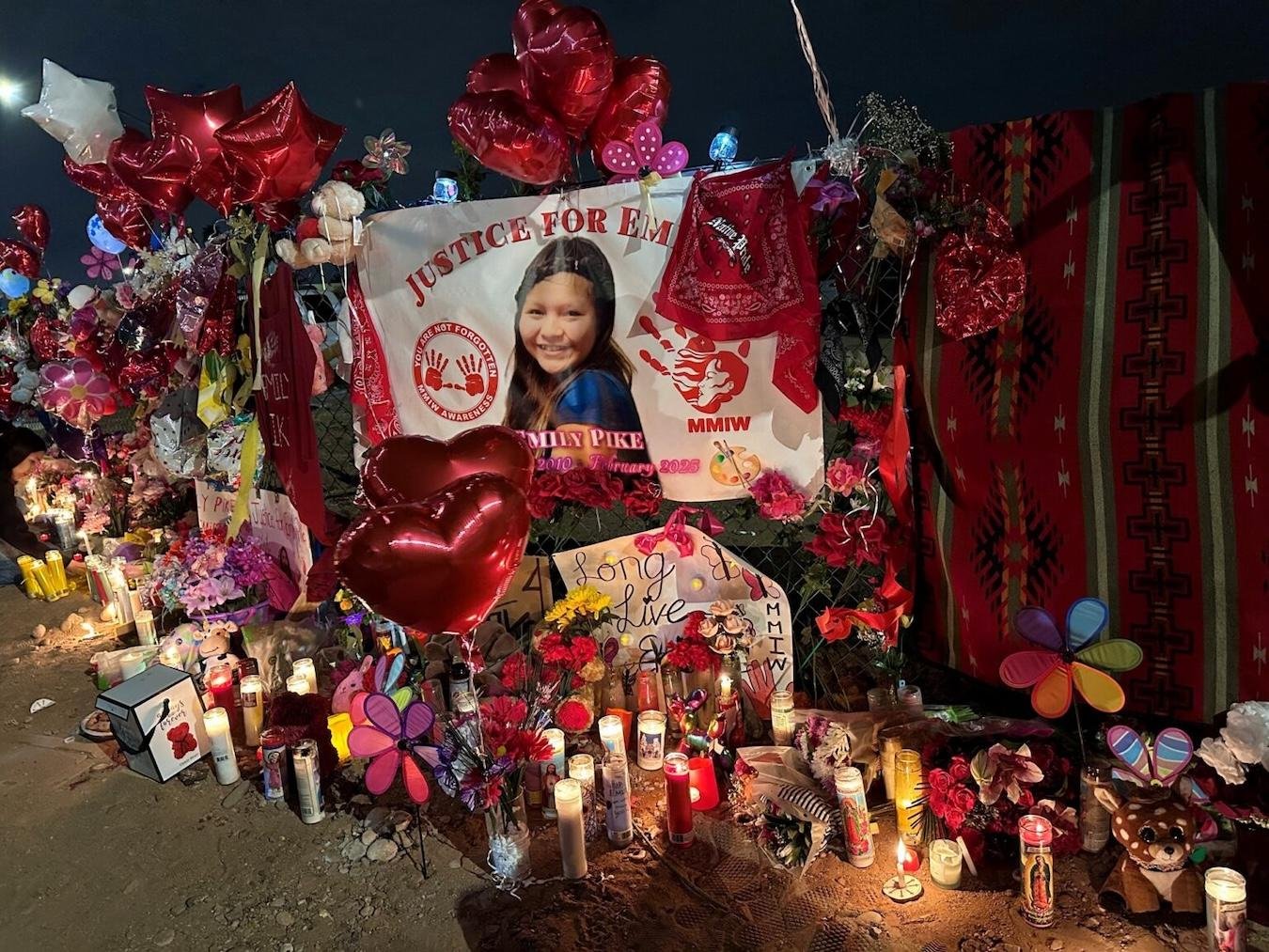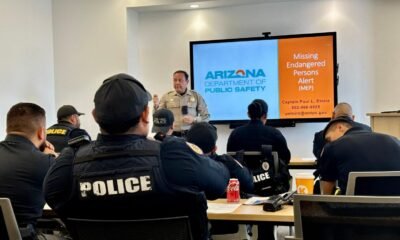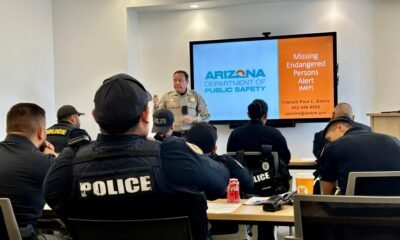crime
From Sexual Assault Response to Missing Person Protocols: The Systemic Failures in Emily Pike’s Case

Emily Pike’s mother, Stephanie Dosela, discovered her 14-year-old daughter had been murdered through distressing images of trash bags containing human remains posted online. This harrowing revelation emerged after Emily had been missing for 18 days, having fled a group home in Mesa. Dosela expressed her anguish, saying, “A mother should not find out on social media about her daughter’s dismembered body.”
This tragic incident highlights systemic failures within tribal, county, and state systems designed to protect children. During a Joint Legislative Oversight Committee hearing on May 14, Arizona lawmakers engaged with law enforcement, San Carlos Apache Tribe leaders, Emily’s family, and officials from the Arizona Department of Child Safety. The emotional discussions underscored the need for improved protections and responses to prevent similar tragedies.
Emily went missing on January 27, with her remains discovered near Globe on February 14. Her disappearance and the subsequent discovery of her remains were linked to longstanding systemic deficiencies. A 2023 911 call reported that Emily had been sexually assaulted. Instead of a trained police officer responding, the tribe’s fish and game department was dispatched due to a lack of available personnel.
San Carlos Apache Police Chief Elliot Sneezy explained the shortage, noting only 22 officers are tasked with policing an expansive 1.8 million-acre reservation. Despite her allegations, the family member Emily named was arrested but quickly released without charges. Consequently, she was placed in the Mesa group home for her safety.
Tribal social services later removed Emily from her home after the incident, yet she faced numerous challenges, including suicide attempts, after being relocated. Dosela reported the significant cultural shock Emily experienced after being taken from her rural community near Peridot to the bustling city of Mesa.
Amber Ptak, Director of the Arizona Department of Child Safety, explained that state laws regarding missing children did not apply to Emily since she was in tribal custody, complicating the response process. This discrepancy raises critical questions about jurisdiction. Many voices, including Senator Theresa Hatathlie, stressed that all missing children deserve equal attention, regardless of their tribal affiliations.
Despite the group home reporting Emily missing on January 27, it took a week for her family to be informed. After the tragic discovery of her body, the San Carlos Apache Tribe initiated investigations into the handling of the group home operations and Emily’s earlier assault report.
Several committee speakers suggested that all children missing from group homes should be treated as missing persons immediately. Nasal leaders voiced the need for improved communication among all agencies involved, emphasizing that children in such vulnerable positions should be better safeguarded.
Emily’s mother urged the Gila County Sheriff’s Office to reevaluate its protocol for handling sensitive information on social media and requested improved mental health resources within tribal facilities. Allred Pike Jr. highlighted the necessity for collaborative efforts across agencies to prevent future incidents.
The committee is set to convene with various stakeholders to explore actionable solutions, with proposed legislative changes expected in the 2026 session. Meanwhile, the ongoing investigation into Emily’s murder involves multiple agencies, including the Gila County Sheriff’s Office and the FBI.
In the wake of this tragedy, Governor Katie Hobbs signed “Emily’s Law,” establishing a new alert system for missing Native individuals, a response that underscores the urgency for better protective measures.


















